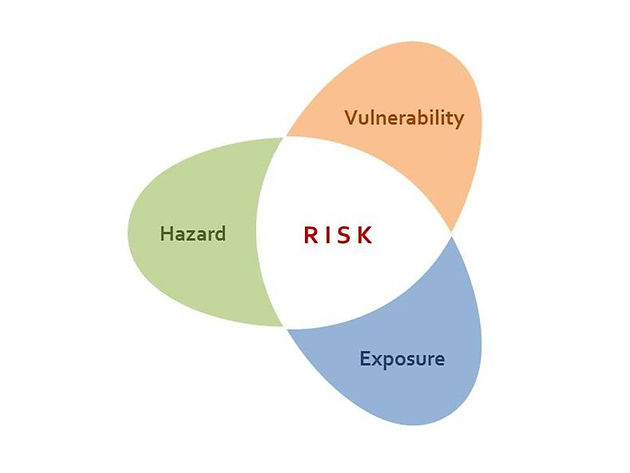Employers are responsible for workplace health and safety. All construction companies must have a workplace health and safety policy that outlines the its commitment to workplace safety.
Construction businesses need to complete a risk assessment template to identify and manage workplace risks. There are inherent risks with all construction projects that threaten those who work in construction. These risks can also damage your reputation and profit margins. Having a construction risk assessment template helps keep construction risks under control. Here are some things you need to consider when compiling a risk assessment template.



Workplace health and safety policy
Organizations must show a commitment to working within the Health and Welfare rules to ensure: workers complete all workplace activities in accordance with policies and procedures, the relevant people update the Safety Statement regularly and communicate the results, the organization implements and maintains all protective and preventive measures identified , the organization prevents behaviour likely to endanger others, employees have safe plant and equipment and work systems in the workplace, emergency plans are in place, well communicated and updated as required. Where it is not possible to eliminate hazards, minimize them using safety procedures and personal protective equipment, ensuring there is always safe entry and exits to the workplace. Also to ensure employees store hazardous goods and chemicals correctly to prevent injury to those in the workplace.
What is a risk assessment template?
- A construction risk assessment template is where an organisation records its evaluation of workplace risks. It systematically evaluates all workplace risks by looking at:
- what can cause harm to workers?
- can you eliminate the risk?
- if not – what can you do to minimize and control the risks?
Keep in mind that:
- Hazards can be anything – materials, equipment, behavior in the workplace and work practices.
- The risk is how likely is the hazard to harm someone.
Assessing risks
How to assess workplace risks can be broken into five basic steps:
- Identify hazards and who is at risk. Look for things that can cause harm in the workplace and who it has the potential to affect.
- Evaluate and prioritize risks. Estimate the severity and probability of each risk and prioritize them in order of importance.
- Decide on preventive action. Identify appropriate actions and procedures to eliminate or minimize each risk.
- Taking action. Take action by putting in place preventive and protective measures in a plan that prioritizes the risks. It is unlikely you can resolve everything immediately. Specify what actions are taken by who and by when.
- Monitor and review. Monitor and review the risk assessment template on a regular basis. In construction, risks can change a lot and often. You may need risk assessments as a record of your commitment to workplace health and safety if there are problems in the future.
Roles and responsibilities
The key role of a risk assessment is set out in the relevant legislation. Employers have a general duty of care towards the safety of all their workers. They must put policies and procedures in place to protect the health and safety of staff members. These obligations include:
- preventing occupational risks
- providing adequate ongoing training and information to all workers
- ensuring adequate measures are put in place to mitigate workplace risks.
Health and safety in the workplace is everyone’s responsibility including employers, workers and contractors.
Employer’s responsibilities
Employer’s responsibilities include:
- preventing behaviour that puts other workers at risk
- managing work activities so there are no adverse health or safety effects on workers
- providing a safe workplace
- being proactive in preventing risks to employees
- providing training, information, tools and supervision at the appropriate level for the skills of workers
- providing appropriate personal protective clothing and training on when and how to use it
- providing and maintaining welfare facilities such as a medical room equipped with a trained person.
Employee’s responsibilities
An employee’s responsibilities include:
- complying with workplace policies and procedures and reporting unsafe practices, procedures and equipment
- taking responsibility for their own safety and for the safety of others
- cooperating with workplace policies and procedures
- reporting any hazards, injuries, near misses, accidents or incidents in the appropriate manner
- using the personal protective equipment provided in the appropriate manner and situations
- attend the training required
- behaving in a professional manner and in a way that will not put yourself or others at risk in the workplace
- not coming to work under the influence of alcohol or drugs.

Contractor’s responsibilities
Construction sites have contractors working on site. Their responsibilities include:
- providing all employees with site-specific health and safety instructions and induction
- identifying hazards, eliminating them and reducing the risks on a constructions site
- monitoring employee compliance and take relevant action where required
- working in a safe manner to protect themselves and others from harm.
Risk assessment templates are complex and these are just a few things to take into account. There is no room for complacency on a construction site. Get good quality software to help keep track of your risk management plan.
No comments:
Post a Comment